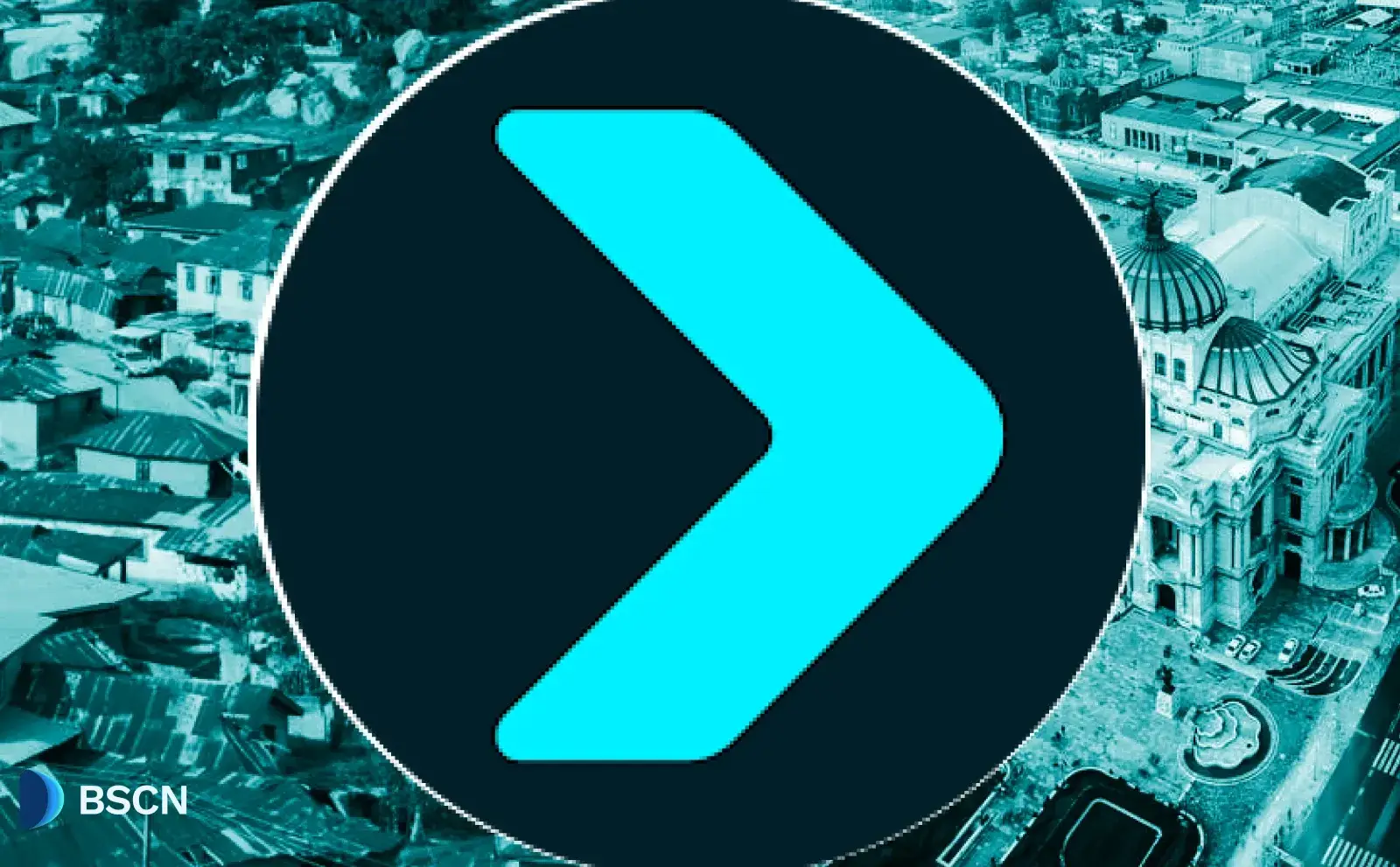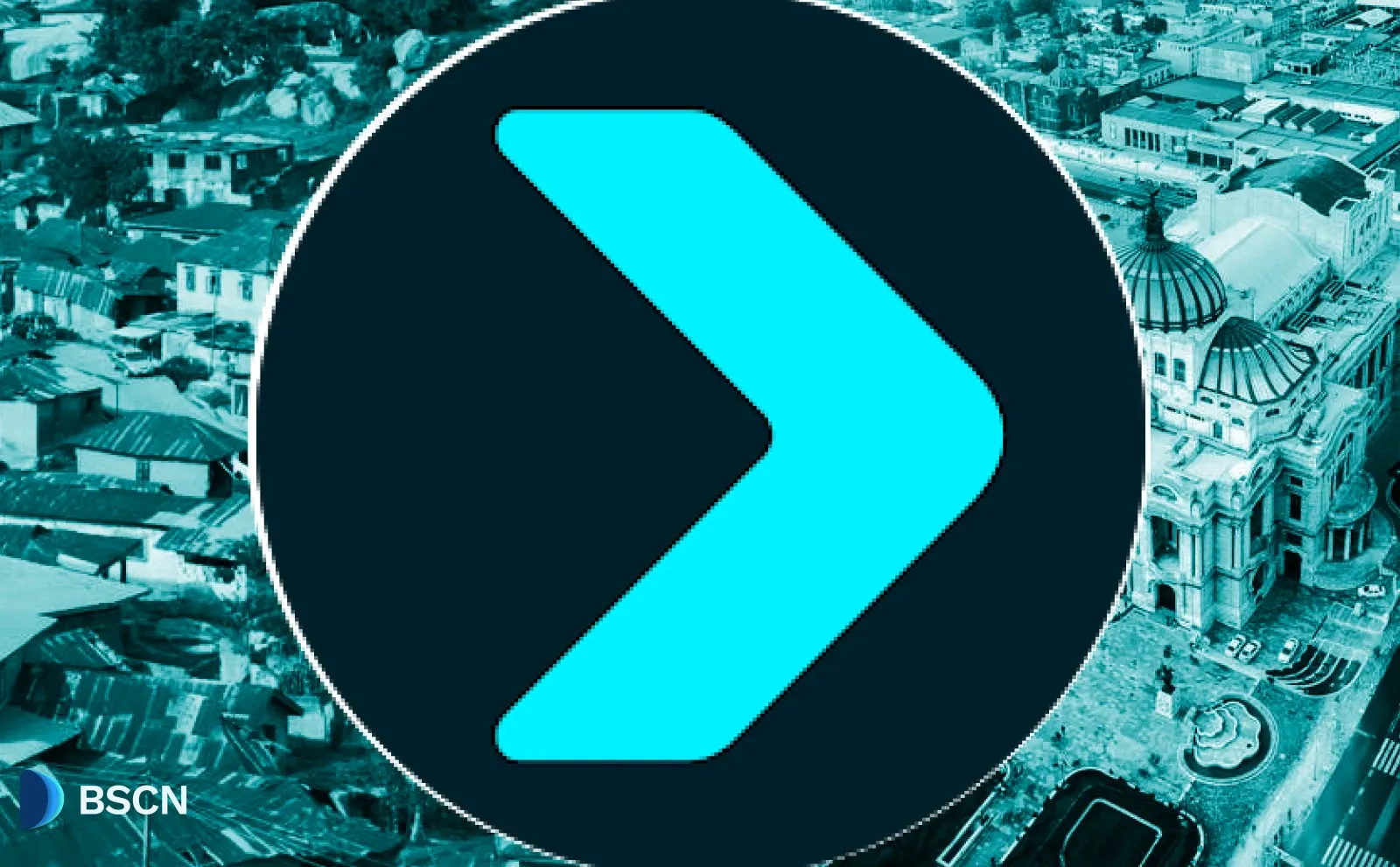News
(Advertisement)
Kaspa October Updates: Node Growth, Kasia App, and Record Throughput in 2025

Kaspa reports record throughput, node growth, and launches Kasia messaging and file storage apps, highlighting its expanding Proof-of-Work network in 2025.
Soumen Datta
November 5, 2025
(Advertisement)
Table of Contents
Kaspa Expands Its Ecosystem with Major Developments
Kaspa, a Proof-of-Work (PoW) blockchain known for its blockDAG architecture and fast block times, has seen major technical and community developments in recent months. The network has achieved record transaction throughput, launched new community-built applications, and grown its active node count across multiple regions.
These updates highlight Kaspa’s continued focus on scalability, decentralization, and real-world utility.
Node Count Surges Across the Kaspa Network
Kaspa’s network saw a sharp increase in active nodes in late October 2025. On October 27, the number of online nodes reached 443, up from the 300s the previous week.
$KAS Node ATH 📈
— s c a p e . 𐤊 (@ScapeSquad) October 27, 2025
Now there are 443 online!!
Last week was in the 300s. Still there are many countries missing a node. The goal is at least 1000 public nodes by #Kaspa's fourth birthday on November 7th. We are nearly halfway there! pic.twitter.com/YutUB4RMCP
According to community member ScapeSquad, the goal is to reach 1,000 public nodes by Kaspa’s fourth anniversary on November 7. While many regions still lack representation, the steady growth reflects rising participation and decentralization efforts.
Nodes are critical to the security and stability of any blockchain. They verify transactions, store the ledger, and prevent single points of failure. A higher node count increases network resilience and makes it harder for any group to control consensus.
For Kaspa, expanding node distribution across more countries supports its long-term goal — maintaining decentralization even as network activity scales.
Kasia App Goes Live
Kaspa’s Kasia App went Live on Google Play on Oct. 12. In June 2025, Kaspa’s community introduced Kasia, a decentralized, encrypted peer-to-peer (P2P) messaging app built on the Kaspa blockchain. The project, led by developer @auzghosty, aims to extend Kaspa’s use beyond financial transactions into secure communication.
Kasia — encrypted. decentralized. fast.
— Kasia (@kasiamessaging) October 11, 2025
Now live on Google Play.https://t.co/VGb3lJ4BTO
Kasia operates directly on Kaspa’s Layer 1, recording each message as a blockchain transaction. The average cost per message is 0.00001791 KAS, meaning users can send over 500,000 messages with just 10 KAS — roughly $0.74 at current prices.
The app’s defining feature is its lack of centralized servers or data collection. Unlike conventional messengers such as WhatsApp or Telegram, Kasia’s messages are stored on-chain and encrypted end-to-end.
How Kasia Works
Kasia uses Kaspa’s blockDAG architecture, powered by the GHOSTDAG consensus protocol. This allows parallel block creation instead of the single-block approach used by traditional blockchains. The system supports 10 blocks per second with one-second confirmation times, enabling near real-time messaging.
To start a conversation, users perform a “handshake,” which costs 0.2 KAS plus fees. If accepted, the fee is refunded. Afterward, each message only incurs a small transaction fee based on its size.
Kasia does not require user registration, KYC, or smart contracts — simplifying access while preserving privacy. However, the app is still in beta, and users are advised to proceed carefully as formal security audits have not yet been conducted.
Kaspa File Storage Introduced
Another community initiative, Kaspa File Storage, has been launched as a decentralized method for uploading and retrieving data through the Kaspa blockchain.
Kaspa file storage Launched! 📂📂
— Ross 𐤊 (@crono_walker) October 6, 2025
✅️Kaspa L1 service that writes data to the Tx payload.
✅️The upload fee is only the miner's reward. Downloading is free.
✅️Old data can be downloaded from the Archive node, api.kaspa, or https://t.co/93rMKbW5zB.https://t.co/k6vnzCx0GU pic.twitter.com/GrpSBlweBa
The service enables users to:
- Upload encrypted files directly to the blockchain.
- Store data securely without third-party servers.
- Access real-time monitoring via WebSocket integration.
- Retrieve old data through archive nodes such as api.kaspa or httkas.fyi.
The only cost involved is the miner’s transaction fee — downloading files remains free.
While open-source and accessible, Kaspa File Storage has not undergone external security audits. Users are advised to connect wallets containing only small amounts of KAS when interacting with the platform.
Record Transaction Throughput
On October 5, 2025, Kaspa achieved a major performance milestone — processing over 158 million transactions in one day, per Kaspalytics. This figure nearly matched Bitcoin’s total transaction volume for the entire previous year. Kaspa’s network also hit 5,700+ transactions per second (TPS), a record for any active PoW blockchain.
In comparison, Dogecoin processed roughly 75,000 transactions, and Ethereum Classic handled about 24,000 during the same period.
Transaction fees on Kaspa remained below $0.001 per transfer, making it one of the most cost-efficient Layer 1 networks currently operating.
How Kaspa Achieved This Scale
The achievement stems from Kaspa’s blockDAG (Directed Acyclic Graph) architecture, which allows multiple blocks to be created and confirmed in parallel. Unlike Bitcoin’s linear chain, where blocks form a single sequence, Kaspa can process concurrent blocks without forking.
Following the Crescendo upgrade earlier in 2025, Kaspa’s block rate increased from 1 block per second to 10 blocks per second. This upgrade dramatically boosted throughput and reduced confirmation delays.
On September 14, 2025, the network processed around 1.4 million parallel blocks — far surpassing Bitcoin’s total block count of about 914,000 since its 2009 launch.
Security and Consensus
Kaspa continues to rely on the kHeavyHash algorithm, an energy-efficient Proof-of-Work mechanism designed to resist memory-bound attacks. This ensures that mining remains accessible and decentralized while maintaining high throughput.
Transactions on Kaspa reach finality within seconds, thanks to topological sorting, which orders blocks efficiently without compromising security.
Together, these advancements have made Kaspa one of the most technically efficient PoW networks in operation today.
Conclusion
Kaspa’s recent developments demonstrate its technical maturity and active community ecosystem. From record-breaking throughput and a rising node count to the launch of new decentralized applications, Kaspa continues to evolve within the Proof-of-Work landscape — not through speculation, but through measurable, functional progress.
Resources:
Kaspa X platform: https://x.com/kaspaunchained
Kasia X platform: https://x.com/kasiamessaging
Kaspa File Storage Github: https://github.com/RossKU/kaspa-file-storage-v2
Kaspa analytics: https://www.kaspalytics.com/app/transactions/accepted/count
Read Next...
Frequently Asked Questions
What is Kaspa?
Kaspa is a decentralized Proof-of-Work blockchain that uses blockDAG technology to enable fast block times and high scalability. It supports multiple blocks being created and confirmed simultaneously.
What is the Kasia app?
Kasia is an encrypted, decentralized P2P messaging app built on Kaspa’s blockchain. Each message is a small on-chain transaction, allowing private communication without centralized servers.
How fast is Kaspa’s network?
Kaspa processes around 10 blocks per second and achieved over 5,700 transactions per second in October 2025, one of the highest rates among Proof-of-Work blockchains.
Disclaimer
Disclaimer: The views expressed in this article do not necessarily represent the views of BSCN. The information provided in this article is for educational and entertainment purposes only and should not be construed as investment advice, or advice of any kind. BSCN assumes no responsibility for any investment decisions made based on the information provided in this article. If you believe that the article should be amended, please reach out to the BSCN team by emailing [email protected].
Author
 Soumen Datta
Soumen DattaSoumen has been a crypto researcher since 2020 and holds a master’s in Physics. His writing and research has been published by publications such as CryptoSlate and DailyCoin, as well as BSCN. His areas of focus include Bitcoin, DeFi, and high-potential altcoins like Ethereum, Solana, XRP, and Chainlink. He combines analytical depth with journalistic clarity to deliver insights for both newcomers and seasoned crypto readers.
(Advertisement)
Latest News
(Advertisement)
Crypto Project & Token Reviews
Project & Token Reviews
Comprehensive reviews of crypto's most interesting projects and assets
Learn about the hottest projects & tokens













